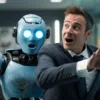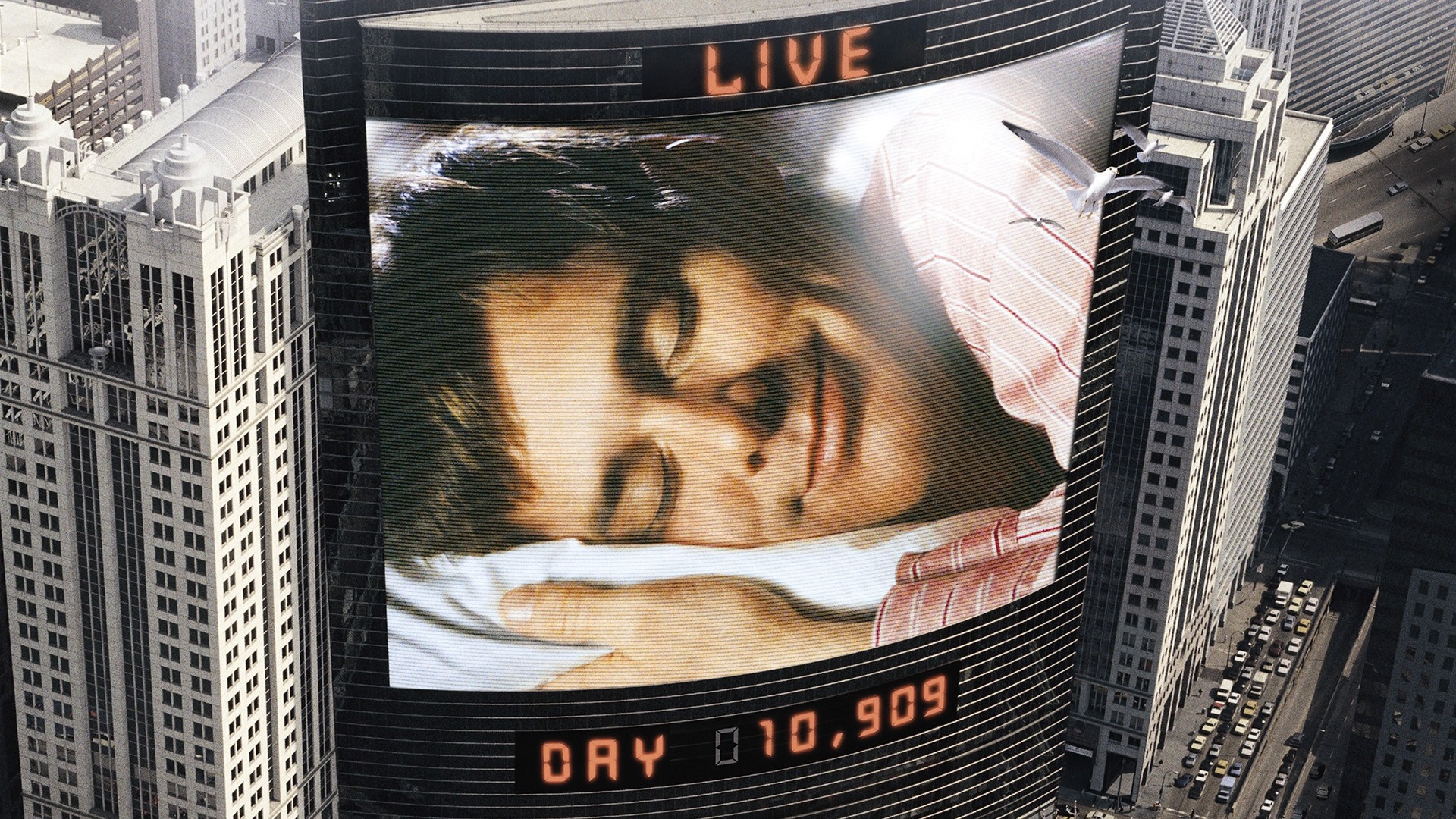Who are the Hollywood prophets who correctly predicted our future through their cinematic masterpieces?
Does science fiction predict the future because writers and filmmakers are such good observers and futurists, or does science fiction inspire real science? In the last few decades, we have witnessed quite a large number of films that are prophetically heralded the arrival of many technological gadgets and other icons of modern culture. We have selected some films that are with frightening precision among other things, we also announced this toy, through which you are reading our article today!
A utopian drama
Fahrenheit 451 (1966)
Fahrenheit 451, Ray Bradbury's famous novel, saw its film adaptation in 1966 directed by François Truffaut. In the future, the media is a drug for the people, and history is changed by "firemen" who burn books instead of putting out fires. No, the firefighters never took on the role of arsonists, it wasn't even a prediction, just a satirical parable. But in the movie it is beside media hype (ubiquitous screens, continuous streams of audio and visual advertising, spectacular live television broadcasts, public punishment...) another fascinating piece of technology that heralds the coming headphones. In Fahrenheit 451, these "shells" are described as "an electronic ocean of sound, music and speech".
It wasn't until 2001 that Apple, with its iPod, made sure that people began to wear these "shells" with which we immersed ourselves in the world of music and podcasts, exactly in the way that the movie showed.
Science fiction television series
Star Trek (1966)
Star Trek heralded more technological innovations than Leonardo da Vinci's notebook. The series began airing in 1966, and it appeared on the big screen in 1979 with the film of the same name. They practically invented Star Trek mobile telephony. A pocket communicator with a flip-up mesh antenna literally inspired an engineer at Motorola, who then designed the world's first mobile phone in 1973.
His prototype, which eventually became the Motorola DynaTAC, weighed a good kilogram, and the battery lasted 20 minutes. They had to wait a decade to enter the market, which was not in vain. The 1983 DynaTAC started a revolution that led to ever smaller phones, flip phones, and finally smartphones.
A science fiction film
2001: A Space Odyssey (1968)
Kubrick's ground-breaking and prophetic space epic is considered one of the most influential and eternally provocative films of all time. List of things she predicted (from tablets to space tourism) is virtually infinite. The forecast stands out in particular Skype. Of course, no one in the film signed up to Microsoft's video chat service, but video calls are an important part of the film, such as when Dr. Heywood Floyd calls his family from a space station orbiting Earth. But this is not the end of the innovations in this scene: Floyd inserts something reminiscent of a credit line into the "videophone" to start the video call, which foreshadows their eventual omnipresence.
Video calling has only become a reality and an everyday task with the internet, mobile broadband, smartphones and apps like Skype and FaceTime.
A science fiction film
Blade Runner (1982)
The Exterminator from 1982 was never a "blockbuster" in the true sense of the word, but it gained stronger and stronger cult status every year. Today, it is considered one of the best science fiction films of all time, as it predicted the future of humanity in an extremely realistic way. The pyramidal outline of Los Angeles that we can see in the film means yes the city's rooftop skyscrapers no longer have a legally required heliport, which actually happened in 2014. They also predicted flying cars. An important part of the film is the Spinner, a flying car that we see whizzing around the city.
Flying cars have been part of our "promised future" since the 1950s. And although we still can't claim to have them today, they are definitely on the way. Many companies are preparing autonomous "passenger drones" for electricity. The Chinese company eHang is preparing a larger flying taxi, which is still a few years away from its first flight (at least in theory), and Uber has already announced the first five cities where it will (in all likelihood) fly.
A science fiction film
The Terminator (The Terminator, 1984)
James Cameron's science fiction "blockbuster" certainly did not leave us indifferent, but many people lost sleep with its elements, such as computers that can launch a nuclear attack by themselves and a merciless killer robot. They also crept into the mix of visions of the future hunter killer drones, which they basically are military drones with weapons. In the early 1980s, the army already had experience with "unmanned aerial vehicles", namely with radio-controlled "drones", which were used as targets for shooting down, and with reconnaissance "drones" which flew from ships and planes.
It was only at the turn of the new millennium, in the war on terror, that the US military fulfilled the predictions of the Terminator and thus began to use military drones with weapons on board. The Predator MQ-1, first used in 2001, is the first known military drone capable of launching remotely-launched weapons. The US military is even said to be dealing with the question of how to invent drones with artificial intelligence that would be able to decide for themselves when and where to shoot.
A satirical comedy
The Truman Show (1998)
Last year, 20 years have passed since the movie The Truman Show "sailed" into our cinemas. In it, we follow Truman, a man who does not realize that his life is a TV show. His friends, colleagues, even his wife are just actors, and his hometown is a filming location controlled by a TV producer. In addition to being one of Jim Carrey's better performances, the film is also known for predicting several cultural trends that have come to fruition in the following years.
It is almost certainly the most obvious Big Brother, which accompanies us day and night. This became the basis for many reality shows at the beginning of the second millennium, such as Big Brother, Survivor, The Real World, etc. The idea of "playful reality". Real life can often be boring, something the producers of shows such as The Only Way is Essex, Jersey Shore and Keeping Up with the Kardashians have begun to realize, so they took care of the ratings (and still take care of them) with real reactions to previously staged events . The Truman Show, among other things, also created a boom promotional display of products (product placement). Of course, this has been a part of TV shows and movies for decades, but it was with this movie that the use of this type of advertising became more obvious. Shows like House of Cards have often been criticized for shameless promotion, while TV giants like the Kardashians have made a brand out of themselves. We must not forget about "live streaming" or live broadcasting, which has long since outgrown the confines of television. In the age of social media and mobile technology, any of us can be a star (YouTube, Instagram, Facebook) and a live broadcast. But what director Peter Weir didn't foresee was how much the stars of the new-age cam shows would be aware and let them into their home without any problems.
Other movies that managed to predict the future
Science fiction film Voyage to the Moon (La Voyage Dans La Lune, 1902): space tourism
Science fiction film Metropolis (1927): Robots
Sci-fi horror film Demon Seed (1977): smart home
Science fiction film Back to the Future Part II (1989): wearable technology
Sci-fi action film Total Recall (1990): self-driving cars
Kriminalka Hekerji (Hacker, 1995): virtual toy store
Action thriller Face/Off (1997): face transplant technology
Action thriller/cyberpunk Minority Report (2002): Targeted advertising, gesture control technology






